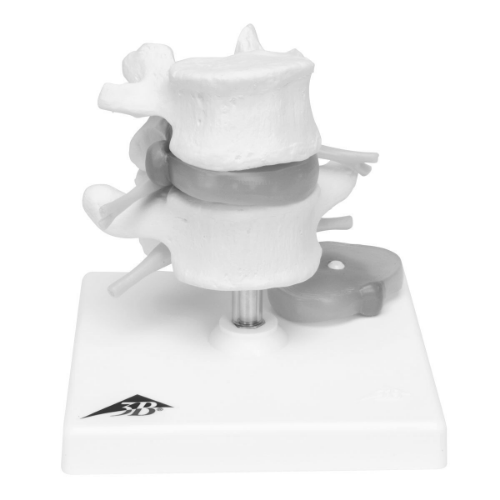The earliest anatomical medical models were other people, dead or alive. Many of our ancestors satiated their curiosities about the inner workings of the body by plunging-in hand first. Unfortunately internal exploration of the human body is messy and destructive. Other issues with this approach included the violation of religious beliefs and practical considerations such as dead bodies being unwieldy, smelly, costly, taking up significant space and having a short ‘shelf life’.
Enterprising medical professionals began developing models out of ivory, wood, wax, stone, whatever they could mould to demonstrate the inner workings of the body. These models provided three dimensional representations of the tissues and organs of the body, without all the disadvantages of the real thing.
In the 20th century, with the development of polymers, plastic anatomical models have become more common than any other. Unfortunately due to technical production limitations accuracy is sometimes sacrificed for convenience. Plastination is a technique used in anatomy to preserve bodies or body parts. The water and fat are replaced by certain plastics, yielding specimens that can be touched, do not smell or decay, and even retain most properties of the original sample.
The use of bright colours to distinguish between structures in anatomical models makes learning easier but also creates an artificiality that downplays the interrelationships between the many parts of the body. Subsequently students of anatomy continue to dive into human cadavers, which today are better preserved with formaldehyde and refrigeration.
In the clinical setting, physiotherapists use anatomical models to educate patients of their structure, function and pathology.
Description provided by Glenn Ruscoe of Australia.
References:
Editor, Medshop. 2017. The bizarre history of anatomical medical models. Accessed online from
https://www.medshop.com.au/blogs/news/the-bizarre-history-of-anatomical-medical-models on 15 October 2021.

